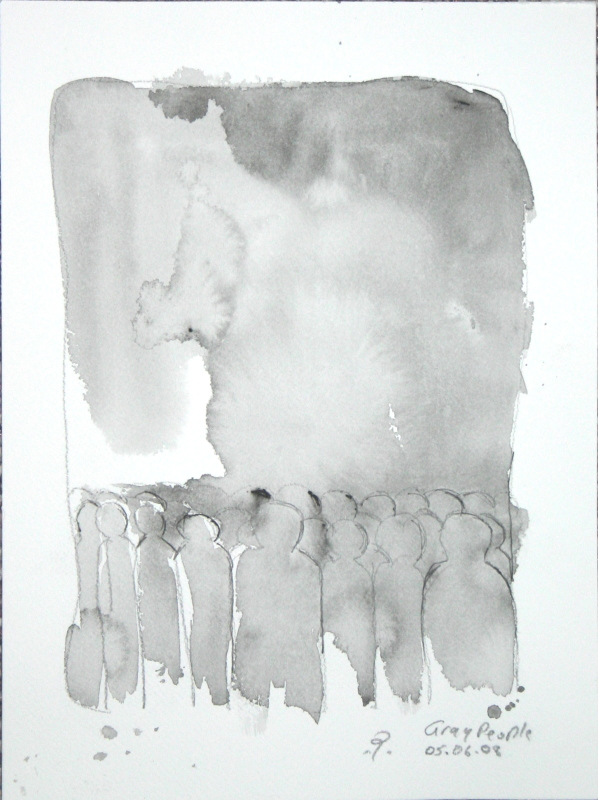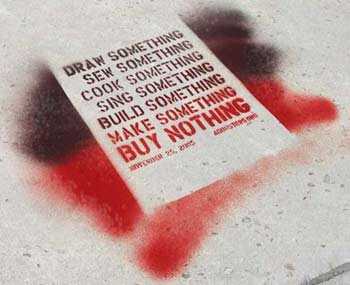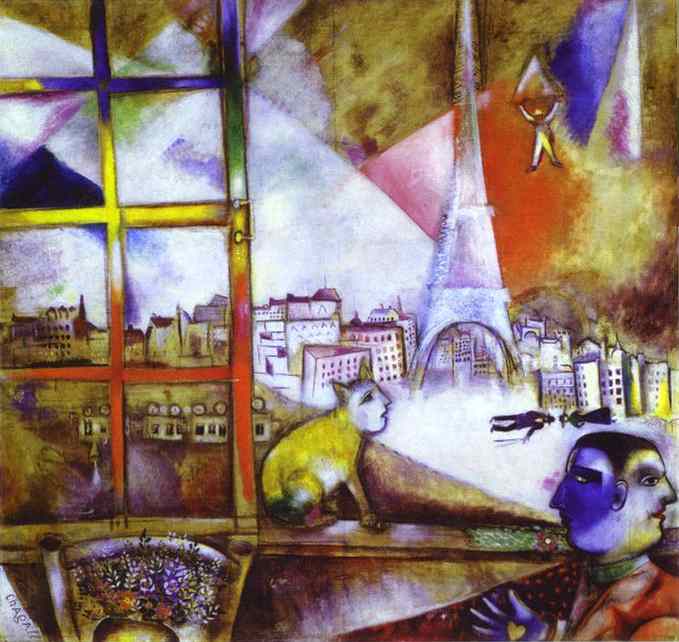is one of my goals in my 1o1 in 1001. Here’s how I’m going to accomplish it:
OneHundredPushups
My initial test was 25 consecutive pushups, which means I fall into category 4 for my age group. The program is supposed to take 6 weeks, and I’ll be starting this Friday.
Take the test, and try this too.
101 in 1001
Today starts Jenny’s and my 101 in 1001 days challenge, which ends May 30, 2011.
basically we have 1001 days to do things on a list of 101 things.
Check out my list by clicking the link in the sidebar over there on the right, under pages. I’ll keep you updated on the progress.
Moved the blog!!!!!!!!1
Yahoo! It’s done, please update your links to show that I’ve moved this thing to my front page.
I’ve set up redirection to make sure that everything isn’t broken, but you probably want to set your links properly.
Thanks.
More later.
K
New theme
Changing my site around, getting a new look. The blog is just the beginning. I’ll be moving it to the front page, so this is what you’ll see when you get to my site, and embedding my gallery, and more.
Keep on coming, and excuse the sawdust.
Financial Software for the home user and Linux
The state of financial software for everyday people on Linux is abysmal.
I’ve been using Monyedance for my finances, since I moved over to linux/Ubuntu completely 3 years ago, and am very happy with it, except for one niggling problem with dialogs lately.
The problem with Moneydance is that it is not free, either money wise, or open-source wise. (At least some people consider that a problem.) I don’t mind that I had to pay for it, or that it’s closed source, but the problems with the dialogs (which is due to it’s use of java, and will, I hope, be fixed soon).
Anyways, since I was irritated by this, I decided to look into open-source alternatives, and give them a go.
I decided against Gnucash, because it’s such a monster, and really more than any non-business individual needs.
Homebank doesn’t have the ability to do investments, at least from my reading on their website.
Grisbi doesn’t seem to be in active development, so I passed on it, although it does look nice.
So I tried KMyMoney2.
Yep I tried it, for 1 week.
First problem was importing the QIF file that I generated with Moneydance, I had to try 3 QIF profiles in KMymoney until I finally got the date format right, and it actually imported stuff. This is after making the correct accounts so that it would import the the accounts in the file, which I had to do every time, because KMM didn’t save the accounts that I made during this. (I finally smartened up, and made the accounts first–making sure they were written exactly like I had them in MD.)
OK so I imported them, and the balances didn’t match (I’m sure it’s because I used $0 as the stating balance when I made the accounts, so blame it on me, but it didn’t seem this hard when I moved from MS Money to MD, three years ago.)
So I did some adjustments, to fix things, great, everything is fine, until I look and see double transactions in several of the accounts, so I take out the duplicates, and readjust my adjustments.
OK, this is fine, now everything looks good, I’m ready to go.
So I’m going along fine for a couple of days, and things are looking good, it’s a nice looking program, and seems to be taking care of business.
Then I see that my scheduled direct transfer for my mortgage is on the wrong day. I figure no problem, I’ll just go into the schedule, and change the date we’re good, I get on with my life. A would that it were that easy. this is a loan, a mortgage, and there is no way in hell that I can change that date using the GUI. I can change everything else on that mortgage, if I want, but not that date, no way, no how. So my next step is to see if I can edit the .kmy file, which is quite easy to do actually, since it’s xml. I find where the schedules are, find the date change it to the right one, and voila, everything is fine–at least with my scheduled bills.
Then I notice that my checking account numbers are off, by about $50, and I had made no changes to my checking account. So I figure messing with the xml file messed up my account somehow. Being the smart man that I am (having learned this through the many beat downs I’ve gotten from various programs in the past.) I had made a copy, and saved the old file, so I got rid of the new one, and reinstated the old, and I was back where I started, except the checking account was still messed up.
OK, well one thing at a time. I deleted the Mortgage schedule, and then made a new one from scratch (schedule that is, I kept the mortgage account), so now that’s fine.
Next step, go through the checking account, and see if I can find out why is says there’s 50 odd dollars more in it than I really have (this is after reconciling ti by the way), and I can’t find anything. Nothing. Nada.
I open up Moneydance and plug in everything that I’d entered into KMM in the last week, and reconcile it, and everything is correct. And that is what I want.
I want accurate, easy, finances. No dicking around in a text editor changing dates for scheduling bill payments, etc. No unexplained variances in my totals. Just accurate, easy to use software.
So I’ll continue to use my proprietary, java based software, with the one minor problem of unreadable dialogs every now and then, and hope that sometime in the near future Open Source developers get their act together, and build an as good, or better product. Other OS projects can do it (GnuCash is good, it’s just way too much for what I, or any individual really needs.), I don’t get why KDevelopers can’t
Grey People
Something I did while out on ship:
Just Do It!

Found this pic out there, and liked it. I may resurrect it for Buy Nothing Day (it is a graff for last years event).
Be a maker, not a consumer.
Paint the Town 2008
I participated in the Paint the Town event in Rockland, for the Farnsworth Museum today.
This year I actually got a picture of my painting (I did not do that last year, and now, sadly, have no record of those painting, since they went at the auction.)(I found them here.) My painting sold this year, too. Here it is:

More of Greg Brown’s In the Dark with You
with, like, actual music, and everything. (see here)
[audio:http://keithperkinsart.com/wp-content/uploads/2008/07/inthedarkwithyou.mp3]
Paris Through the Window
That’s the name of a Marc Chagall painting from 1913, which I got a print of today, by happy happenstance–they were throwing it away at my wife’s work.

It’s done in primary colors, and browns, and white, and is typical of this period of Chagall’s. The view through the window, and the Eiffel tower in the background are symbols for freedom or rising. I’m loving it, and it’s going in my new studio. (Yes, I’m finally moving out of the attic.)
This is from the Guggenheim website:
After Marc Chagall moved to Paris from Russia in 1910, his paintings quickly came to reflect the latest avant-garde styles. In Paris Through the Window, Chagall’s debt to the Orphic Cubism [more] of his colleague Robert Delaunay is clear in the semitransparent overlapping planes of vivid color in the sky above the city. The Eiffel Tower, which appears in the cityscape, was also a frequent subject in Delaunay’s work. For both artists it served as a metaphor for Paris and perhaps modernity itself. Chagall’s parachutist might also refer to contemporary experience, since the first successful jump occurred in 1912. Other motifs suggest the artist’s native Vitebsk. This painting is an enlarged version of a window view in a self-portrait painted one year earlier, in which the artist contrasted his birthplace with Paris. The Janus figure in Paris Through the Window has been read as the artist looking at once westward to his new home in France and eastward to Russia. Chagall, however, refused literal interpretations of his paintings, and it is perhaps best to think of them as lyrical evocations, similar to the allusive plastic poetry of the artist’s friends Blaise Cendrars (who named this canvas) and Guillaume Apollinaire.